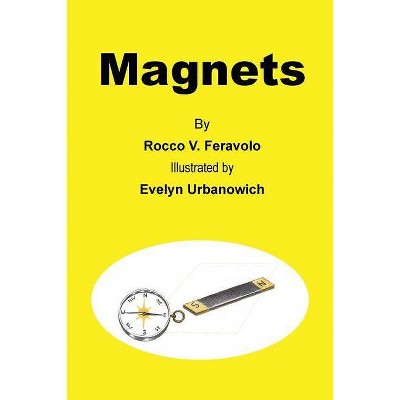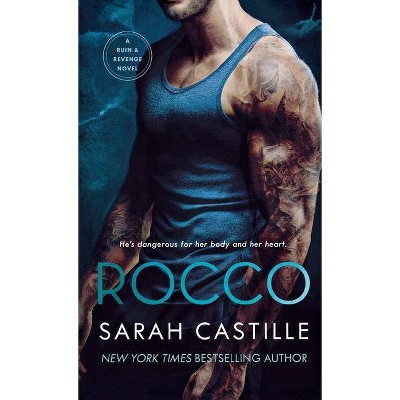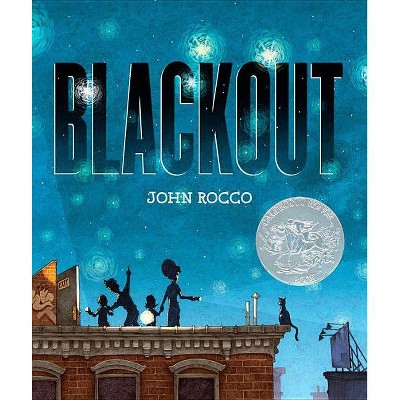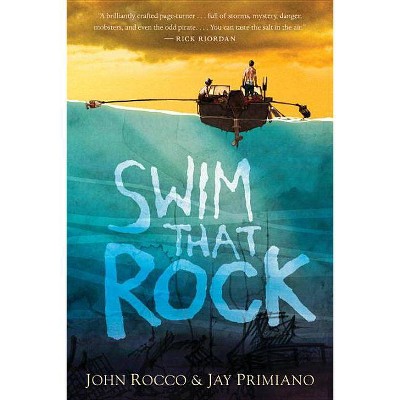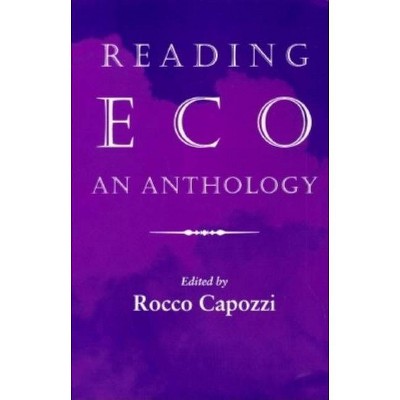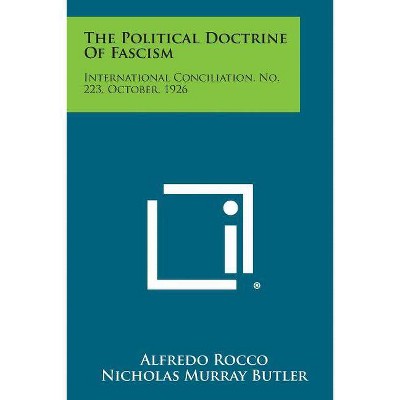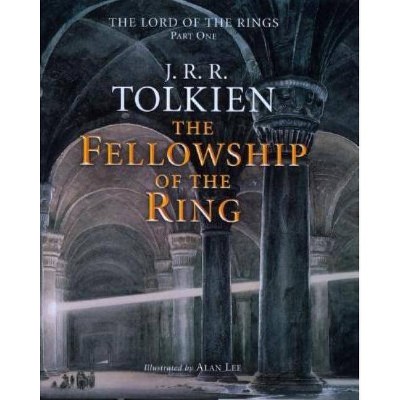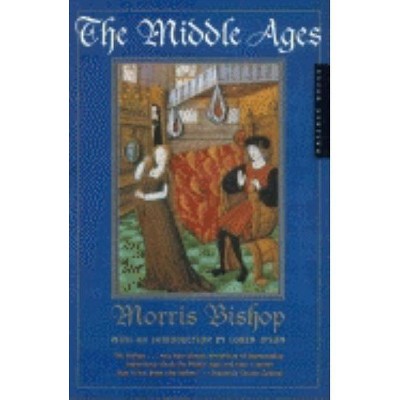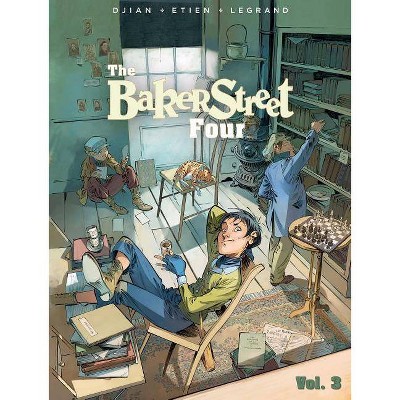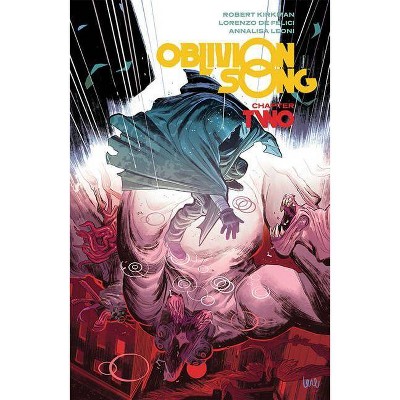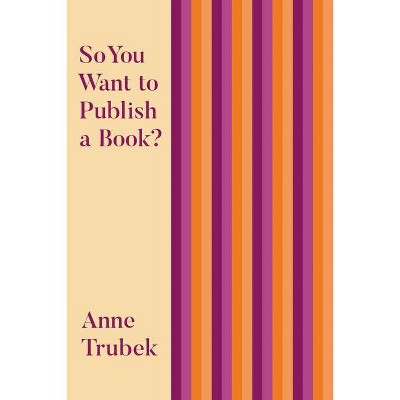Quinine - by Fiammetta Rocco (Paperback)
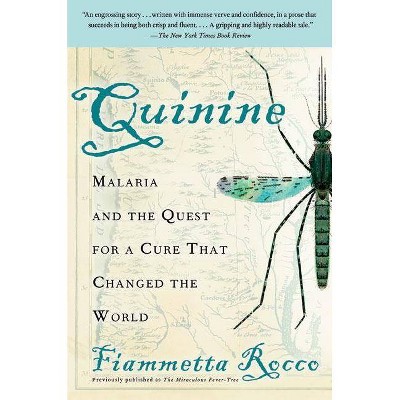
Similar Products
Products of same category from the store
AllProduct info
<p/><br></br><p><b> Book Synopsis </b></p></br></br><p>The fascinating story of the intensive search to discover and possess quinine--the only known cure for malaria</p> <p>Malaria kills someone every 12 minutes in Africa. Now known mostly as a disease of the tropics, malaria led to the demise of the Roman Empire 2,000 years ago and ravaged Europe for years afterwards. At the start of the 17th century, Jesuit priests developed quinine, an alkaloid made out of the bitter red bark of the cinchona tree from the Andes. When quinine arrived in Europe, the Protestant powers resisted the medicine fearing that it was a Popish poison. Quinine's reputation improved, however, when King Charles II was cured of malaria through its offices. Through the centuries, wars were fought to control the supply-through the building of the Panama Canal and into WWII--until Americans synthesized quinine for the first time in 1944.</p><p> Rocco describes the ravages of the disease, the search for a cure, and the quest to steal and smuggle cinchona seeds out of South America. The Miraculous Fever Tree deftly illuminates the religious and scientific rivalries, intrepid exploration and colonization evinced by the search for quinine.</p></p><p/><br></br><p><b> From the Back Cover </b></p></br></br>Quinine: The Jesuits discovered it. The Protestants feared it. The British vied with the Dutch for it, and the Nazis seized it. Because of quinine, medicine, warfare, and exploration were changed forever.</p><p>For more than one thousand years, there was no cure for malaria. In 1623, after ten cardinals and hundreds of their attendants died in Rome while electing Urban VII the new pope, he announced that a cure must be found. He encouraged Jesuit priests establishing new missions in Asia and in South America to learn everything they could about how the local people treated the disease, and in 1631, an apothecarist in Peru named Agostino Salumbrino dispatched a new miracle to Rome. The cure was quinine, an alkaloid made from the bitter red bark of the cinchona tree.</p><p>From the quest of the Englishmen who smuggled cinchona seeds out of South America to the way in which quinine opened the door to Western imperial adventure in Asia, Africa, and beyond, and to malaria's effects even today, award-winning author Fiammetta Rocco deftly chronicles the story of this historically ravenous disease.</p><p/><br></br><p><b> Review Quotes </b></p></br></br><br>"An absorbing and superbly researched history of malaria and its cure."--<em>Sunday Times</em> (London)<br><br>"Ms. Rocco tells her four-century saga briskly, with a confident blend of scholarship and memoir."--<em>Wall Street Journal</em><br><br>"Snappy and sharp...it's almost a crime that so heinous a disease should be treated to so grand a biography."--<em>Kirkus Reviews</em><br><br>"An engrossing story...written with immense verve and confidence...crisp and fluent...a gripping and highly readable tale."--<em>New York Times Book Review</em><br><br>"Lively, elegantly written and often fascinating"--Evening Standard (London)<br>
Price History
Price Archive shows prices from various stores, lets you see history and find the cheapest. There is no actual sale on the website. For all support, inquiry and suggestion messages communication@pricearchive.us
